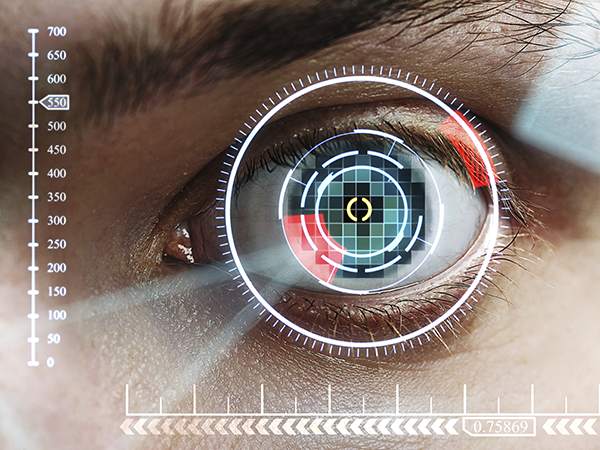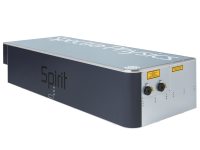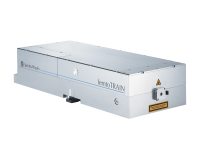Ophthalmic Surgery
Recently, two forms of ophthalmic surgery have attracted great attention: laser-assisted in situ keratomileusis (LASIK), which is used to modify the cornea and correct vision, and cataract surgery, which can facilitate replacement of the lens when it becomes cloudy. Both procedures are accomplished with the help of ultrafast pulsed laser systems.
LASIK

Figure 1. The LASIK procedure reshapes the cornea to enable light entering the eye to be better focused onto the retina for clearer vision.
Cataract Surgery
A cataract is a clouding of the lens inside the eye causing vision loss that cannot be corrected with glasses, contact lenses, or corneal refractive surgery like LASIK. Most cataracts are associated with the aging process. Metabolic changes of the crystalline lens fibers over time lead to the development of an opacification in the lens and loss of transparency, causing impairment of vision.
Recently, a number of fs lasers, similar to the lasers used to create the corneal flap in LASIK, has been approved by the FDA for use in cataract surgery performed in the United States. The main advantages are standardized corneal incisions, perfectly centered, round openings of the lens capsule (capsulorhexis), and lens nucleus fragmentation even in eyes with hard cataracts. Laser cataract surgery is relatively new and significantly increases cataract surgery cost, in part, due to the cost of the laser.
Please see our Ophthalmic Surgery application note for additional information.


 Ultra-High Velocity
Ultra-High Velocity